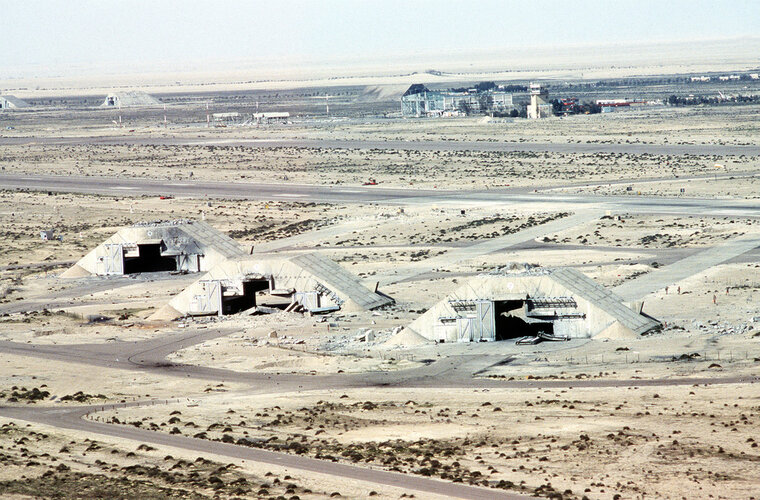Ok I'd like to ask a few questions. When in 1974 the Soviets started putting IRBMs and ICBMs on trains and trucks (from memory: SS-16, SS-20, SS-24 later) why no symmetrical answer from the USA ?
-was it just a matter of wrong timing - after Minuteman production run, before MX ?
-what were the political obstacles in America that nixed mobile IRBMs / ICBMs ? obstacles that seemingly did not existed in USSR ?
- Was it just a matter of USSR surface area being twice that of the USA, roughly 22 million km2 versus 10 millions ? and railways mostly away from large population centers, thinking about the Transiberian ? more places to hide mobile missiles, still away from major population centers ?
Or perhaps Soviet leaders much less giving a rat about their population fate in case of WWIII - not being constrained by democratic values - or, more pointedly - by civilian protests ?
-was it just a matter of wrong timing - after Minuteman production run, before MX ?
-what were the political obstacles in America that nixed mobile IRBMs / ICBMs ? obstacles that seemingly did not existed in USSR ?
- Was it just a matter of USSR surface area being twice that of the USA, roughly 22 million km2 versus 10 millions ? and railways mostly away from large population centers, thinking about the Transiberian ? more places to hide mobile missiles, still away from major population centers ?
Or perhaps Soviet leaders much less giving a rat about their population fate in case of WWIII - not being constrained by democratic values - or, more pointedly - by civilian protests ?

